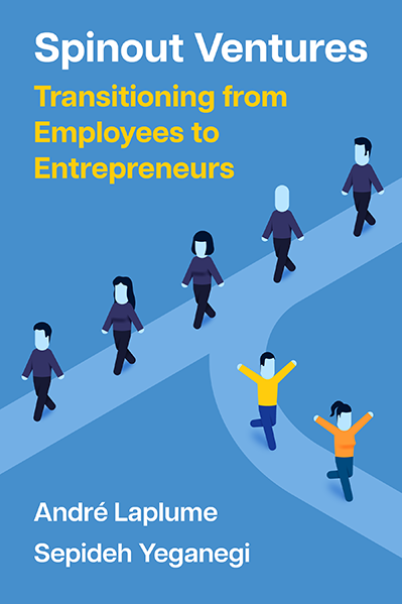Childhood Adversity Theory of Entrepreneurship
Another biological theory is the childhood adversity theory. While researchers have looked at resilience in adults, few have examined the how childhood adversity may affect entrepreneurial entry later in life.
Using a variant of the underdog theory, which looks at how negative experience shape an individual's resilience. Recent research has looked at samples of entrepreneurs from a famine in China (1959–1961) and from war-torn Vietnam. Both studies find that individuals who endured childhood adversity are more likely to become entrepreneurs.
Churchill et al. measure adversity as the bombing intensity
experienced by the entrepreneurs in early childhood. They find that as
the bombing intensity increased, so did the chance that the children
grow up to become entrepreneurs. The effect size is about 5% increase in
entrepreneurial entry for a 10% increase in bombing intensity.
Cheng et al. measure adversity as the experience of starvation during the societal upheavals of China 70 years ago. Their analyses reveal that the survivors of famine are more likely to grow up to be entrepreneurs.
Both papers use the ‘underdog’ theory of entrepreneurship proposed by Miller and Le Breton-Miller (2017). The gist of the underdog theory is that:
"negative personal circumstances of an economic, sociocultural, cognitive, and physical/emotional nature may have a … powerful role to play in getting people to become effective entrepreneurs" (p. 3).
The theory suggest that life challenges require the development of coping and adaptive skills that make individuals more likely to become entrepreneurs.
A more recent paper by Yu et al. (2023) find that childhood adversity experiences are a "mixed blessing". On the one hand, childhood adversity (esp. for boys) seems to promote advancement via rule-breaking behaviours that may be unproductive. On the other hand, the adversity in childhood reduces ability, which is a disadvantage. Their sample includes over 4000 records of U.S. mothers reporting the adversities experienced by their children.
It will be interesting to see, as studies accumulate, if the effects are context dependent or if they are the same in all parts of the world.
References
Cheng, Z., Guo, W., Hayward, M., Smyth, R., and Wang, H. (2021). Childhood adversity and the propensity for entrepreneurship: A quasi-experimental study of the Great Chinese Famine. Journal of Business Venturing, 36(1), 106063.

